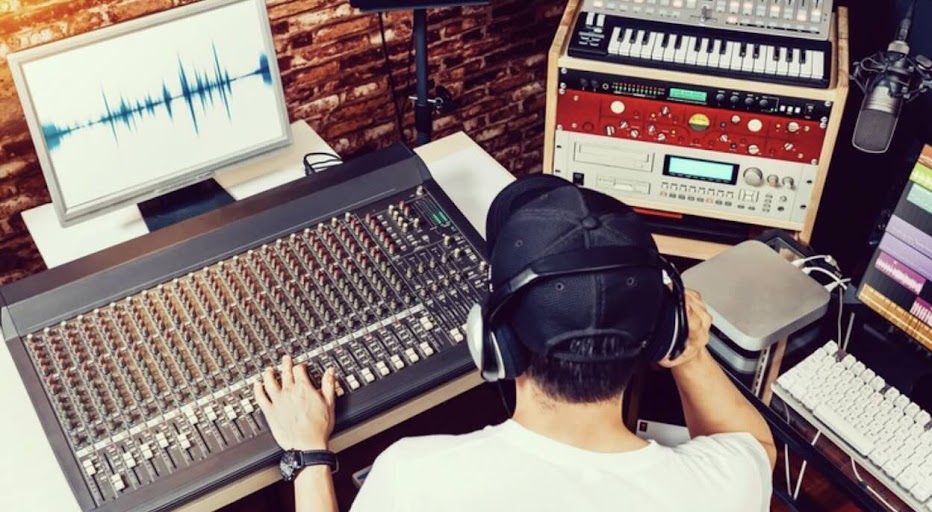The decibel
In the audio world we often encounter people using concepts and terminologies that are not so common in other areas. In this sense, one of the key concepts that we should understand are the decibels (dB).
We need to make clear that the dB's are not a unit of measurement. They are an indicator of the amount of change that has a signal's power. For example: 0 dB means zero changes, not zero energy. That is why when we adjust a fader or EQ at 0 dB, what we are doing is to leave the signal's power intact, neither increases nor decreases. In fact, in most audio processors, it is common to initialize them at 0 dB.
| Fader set at 0 dB (no changes) |
A +3 dB, +6 dB or +10 dB setting represents a boost of energy, while negative values represent signal attenuation (-3 dB, -6 dB, etc.). An interesting case is infinite attenuation, represented by the symbol of infinity (∞). It is usually found in the lower part of a fader. At this point, the attenuation is the highest and the signal does not continue to flow in that path.
Another function of the dB is to represent physical values, e.g: voltage, power or sound pressure. In these cases the name dB is accompanied by other letters. The most common are:
- dBu. Used to represent volts and found in professional audio equipment.
- dBV. Represents volts in home or Hi-Fi equipment.
- dBm. Indicates electrical power (milliwatts).
- dB SPL. Indicates sound pressure level (Pascal).
They all mean different things and should not be confused, i.e: 0 dBu = 0.775 V 0 dBV = 1 V 0 dBm = 1 mW 0 dB SPL = 20 Pa (micropascals) So 0 dB (no change) means something different than 0 dBu (0.77 V) or 0 dB SPL (20 micropascals)! As we can see, each type of referenced decibel means an already standardized amount. Furthermore, we note that 0 dB in these cases represents a physical value. For example, it is the same to say 1 volt or to say 0 dBV.
The reason for using dB's instead of conventional units such as volts, watts or pascals is because decibels represent logarithmic changes that resemble how our ear perceives changes. For example, a sound of 0.02 pascals (60 dB SPL) is perceived as a moderate volume. A louder sound would need 100 times more pressure, that is 2 Pascals (100 dB SPL). It's easier to handle 40, 85 or 100 dB SPL than more complex numbers as 0.003 or 0.00007 Pascals.
Our hearing system requires large amounts of energy to hear changes. The decibel is a tool that allows us to manage values in a more compact scale for greater simplicity. We need to explain the dB's and its applications in a more detailed way, but for the moment, we have a better idea about this important concept.








0 comments:
Publicar un comentario